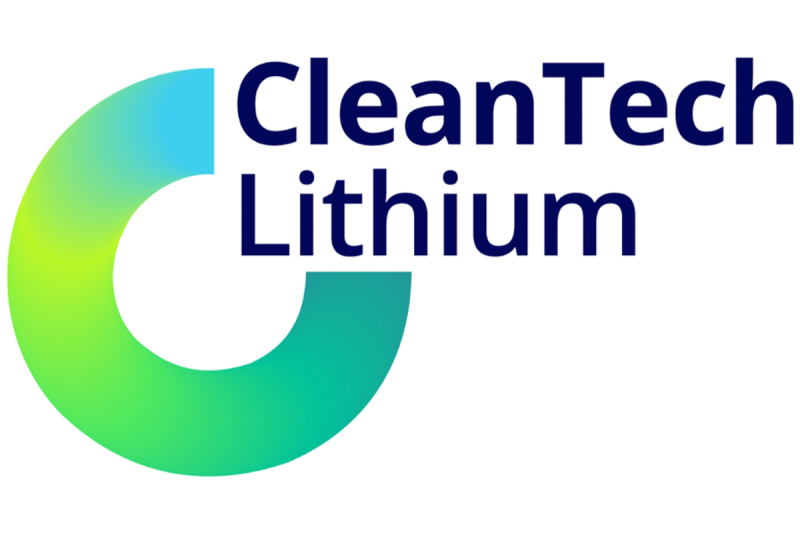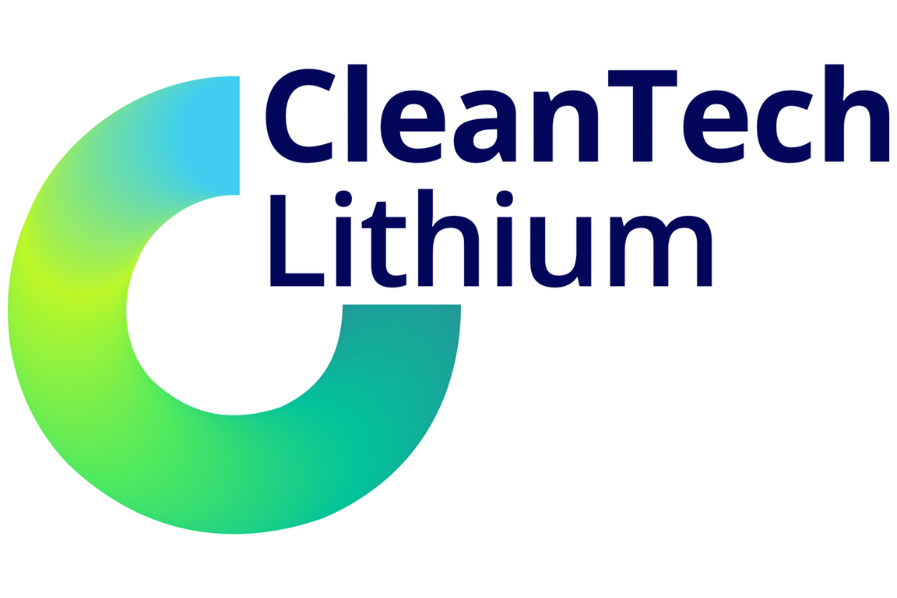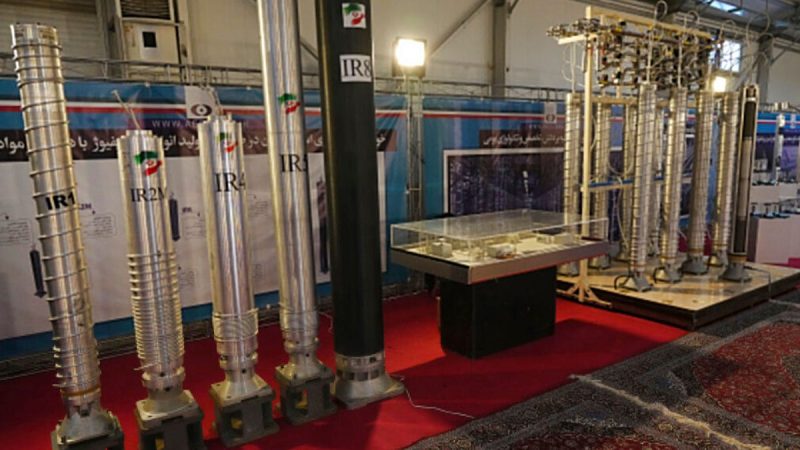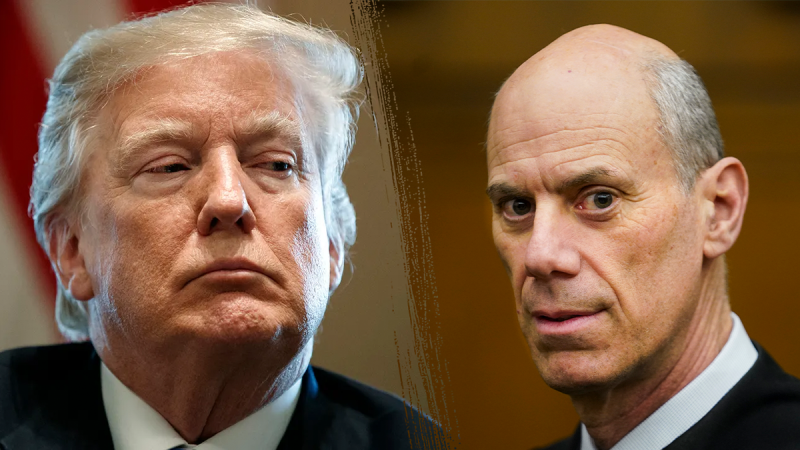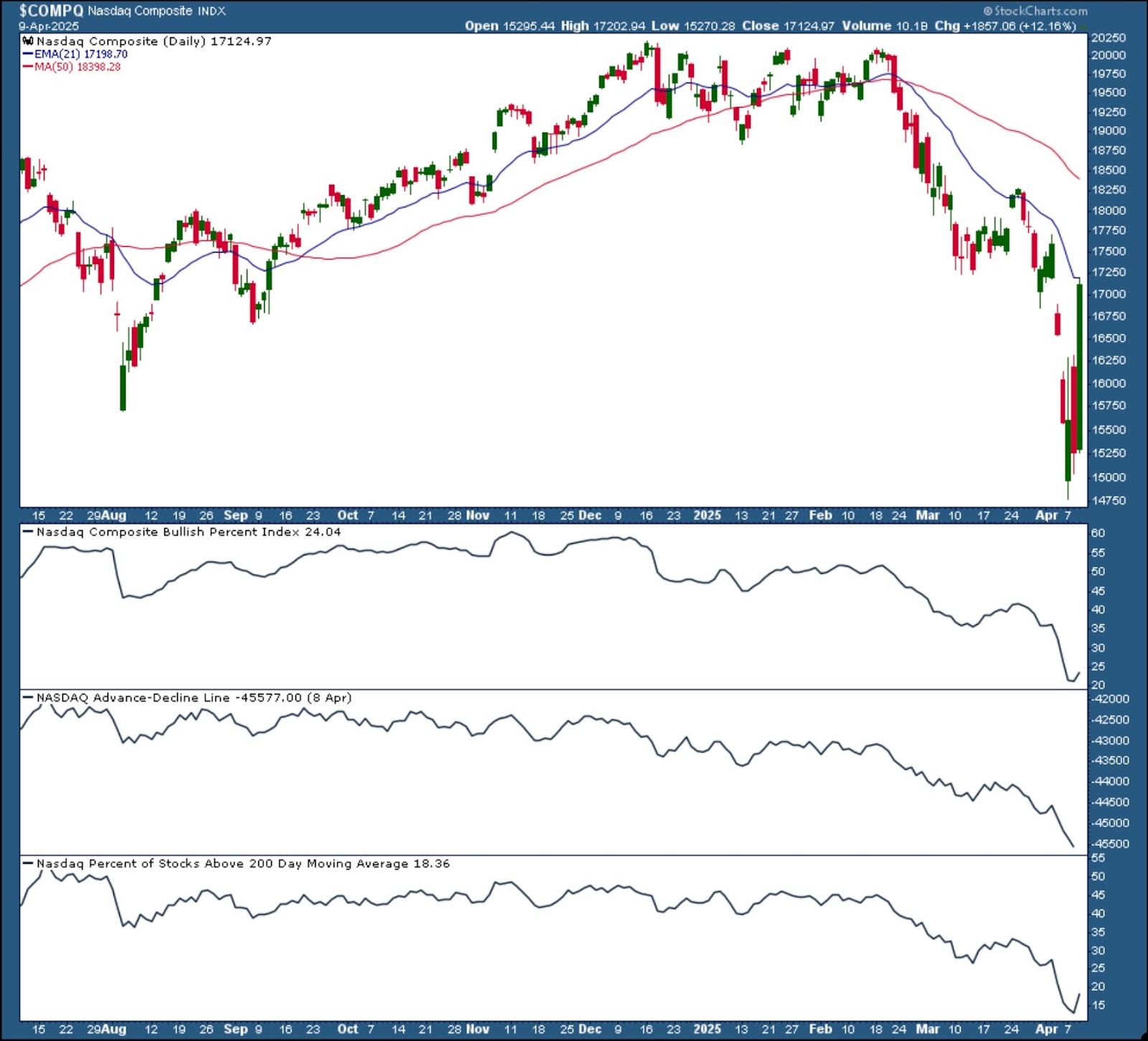CleanTech Lithium PLC (AIM: CTL, Frankfurt:T2N), an exploration and development company advancing sustainable lithium projects in Chile, is pleased to announce the appointment of Ignacio Mehech, former Country Manager of Albemarle in Chile, as the Chief Executive Officer (‘CEO’) and director of CleanTech Lithium.
Click link to watch interview with Ignacio Mehech: https://youtu.be/4iMx2vIZw9g
Highlights:
· Mr Mehech spent seven years up to 2024 at Albemarle with the last three years as Country Manager in Chile, managing a workforce of 1,100 employees and key stakeholder relationships, including Government and indigenous communities
· Albemarle is the world’s largest producer of battery grade lithium with Chile accounting for 30 – 40% of its production*
· Native to Chile, Spanish speaking and fluent in English, Mr Mehech has deep leadership and project development experience in lithium production
· Managed high profile engagements with investors, customers, NGOs, analysts, scientists and international government representatives
· Before Albemarle, Mr Mehech led the legal strategy for the El Abra copper operation in Chile, a joint venture with Codelco, and leading US mining company Freeport McMoRan
· Throughout his career Mr Mehech has led profound transformations in organisations to generate sustainable value
· Mr Mehech holds a law degree from the Universidad de Chile and a master’s degree in Energy and Resources Law from the University of Melbourne, Australia.
Ignacio Mehech, Chief Executive Officer, CleanTech Lithium PLC said:
‘I’ve been following CleanTech Lithium’s progress in Chile for the past couple of years and have been impressed at the progress that has been achieved, with the Company being one of the most active in Chile in seeking to develop a more sustainable means of producing lithium from Chile’s abundant brine resources.
I’m truly excited to take on the role as CEO to advance CleanTech’s Laguna Verde project and the other business opportunities in Chile. The immediate focus is entering direct negotiations with the Chilean government and progressing the CEOL application for Laguna Verde and delivering the Pre-Feasibility Study to initiate strategic partner conversations. I look forward to leading CleanTech Lithium’s project development alongside a dedicated team and to deliver value to all our stakeholders whilst supporting the ambitions of Chile’s National Lithium Strategy.’
Steve Kesler, Executive Chairman, CleanTech Lithium PLC, said:
‘We are delighted that Ignacio has agreed to join us as CEO. His experience in Chile is invaluable, having been Country Manager for leading lithium producer Albemarle, and working on the EL Abra copper mine in Chile for US mining giant Freeport McMoRan. Ignacio joins CleanTech at a crucial point in our development and his significant experience will be instrumental in leading our Laguna Verde project into the next phase.’
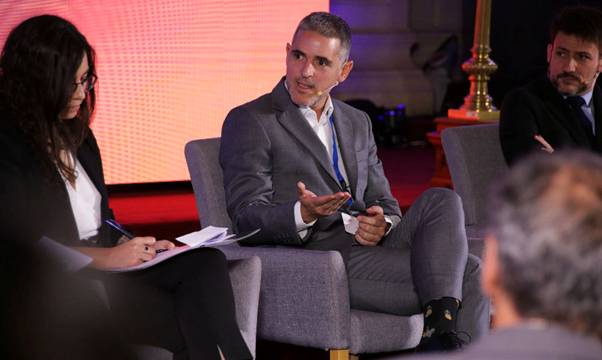
‘I will continue in my role as Executive Chairman intending to move back to being the Company’s Non-Executive Chairman when our Board believes the time is right. I look forward to working with Ignacio and remain confident in the long-term potential of CleanTech Lithium.’
Figure 1: Ignacio Mehech (centre) participating in a panel discussion at the Future Mining and Energy Congress in Santiago, Chile October 2023. Photo credit: Future Mining and Energy Congress
Background on Ignacio Mehech
During his tenure at Albemarle, a US-listed company with a current market cap of around US$6 billion as of 8th April 2025, Mr Mehech played a pivotal role in driving production growth, strategic negotiations, and sustainability initiatives, significantly impacting Albemarle’s operations in Chile and the broader region. Since 2015, Chile has been Albemarle’s largest single operation – depending on market prices – accounting for 30 to 40% of its global production.
A landmark achievement under his guidance was securing the first-ever IRMA (Initiative for Responsible Mining Assurance) certification for a lithium operation worldwide at the Salar de Atacama plant-a testament to his commitment to environmental and social responsibility.
Previously to Albemarle, Mr Mehech has worked as a legal manager at Freeport-McMoRan, one of the largest copper and molybdenum producers in the world, with multiple assets around the globe. In Chile, it operates SCM El Abra, a joint venture with Codelco, located in Calama and where Mr Mehech was responsible for developing and leading the legal strategy for the business, assuring operational continuity, building relationships with regional authorities, indigenous and non-indigenous communities.
Ignacio Mehech Castellon, aged 42, has held the following directorships and/or partnerships in the past 5 years:
|
Current
|
Past
|
|
Cobreloa SADP
|
Fundacion Chilena Del Pacifico
Club Sirio Unido
UN Global Compact, Chilean Chapter
|
Mr Mehech currently holds no ordinary shares or other securities in the Company.
There is no further information on Ignacio Mehech required to be disclosed under Schedule Two, paragraph (g) (i)-(viii) of the AIM Rules for Companies.
*Statistic taken October 2024 – Albemarle is the world’s largest lithium producer – Mining.com https://www.mining.com/web/ranking-the-worlds-top-lithium-producers/
The information communicated within this announcement is deemed to constitute inside information as stipulated under the Market Abuse Regulations (EU) No 596/2014 which is part of UK law by virtue of the European Union (Withdrawal) Act 2018. Upon publication of this announcement, this inside information is now considered to be in the public domain. The person who arranged for the release of this announcement on behalf of the Company was Gordon Stein, Director and CFO.
|
For further information contact:
|
|
|
CleanTech Lithium PLC
|
|
|
Steve Kesler/Gordon Stein/Nick Baxter
|
Jersey office: +44 (0) 1534 668 321
Chile office: +562-32239222
|
|
|
Or via Celicourt
|
|
Celicourt Communications
Felicity Winkles/Philip Dennis/Ali AlQahtani
|
+44 (0) 20 7770 6424
cleantech@celicourt.uk
|
|
Beaumont Cornish Limited (Nominated Adviser)
Roland Cornish/Asia Szusciak
|
+44 (0) 20 7628 3396
|
|
Fox-Davies Capital Limited (Joint Broker)
Daniel Fox-Davies
|
+44 (0) 20 3884 8450
daniel@fox-davies.com
|
|
Canaccord Genuity (Joint Broker)
James Asensio
|
+44 (0) 20 7523 4680
|
Beaumont Cornish Limited (‘Beaumont Cornish’) is the Company’s Nominated Adviser and is authorised and regulated by the FCA. Beaumont Cornish’s responsibilities as the Company’s Nominated Adviser, including a responsibility to advise and guide the Company on its responsibilities under the AIM Rules for Companies and AIM Rules for Nominated Advisers, are owed solely to the London Stock Exchange. Beaumont Cornish is not acting for and will not be responsible to any other persons for providing protections afforded to customers of Beaumont Cornish nor for advising them in relation to the proposed arrangements described in this announcement or any matter referred to in it.
Notes
CleanTech Lithium (AIM:CTL, Frankfurt:T2N) is an exploration and development company advancing lithium projects in Chile for the clean energy transition. CleanTech Lithium has two key lithium projects in Chile, Laguna Verde and Viento Andino, and exploration stage project in Arenas Blancas (Salar de Atacama), located in the lithium triangle, a leading centre for battery grade lithium production.
The two most advanced projects: Laguna Verde and Viento Andino are situated within basins controlled by the Company, which affords significant potential development and operational advantages. All three projects have good access to existing infrastructure.
CleanTech Lithium is committed to utilising Direct Lithium Extraction (‘DLE’) with reinjection of spent brine resulting in no aquifer depletion. Direct Lithium Extraction is a transformative technology which removes lithium from brine with higher recoveries, short development lead times and no extensive evaporation pond construction. For more information, please visit: www.ctlithium.com
Click here for the full release




